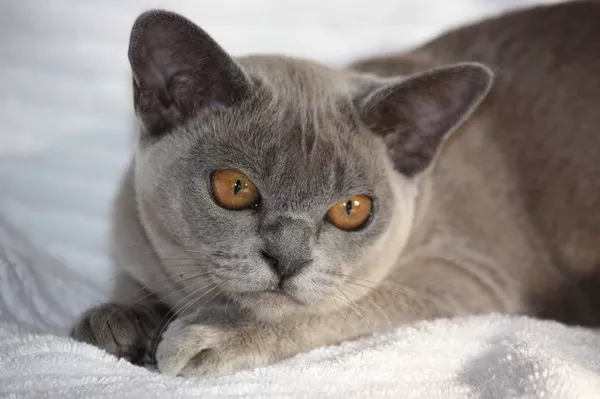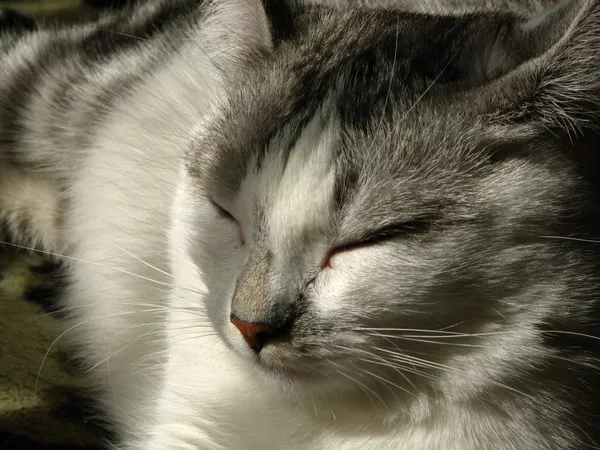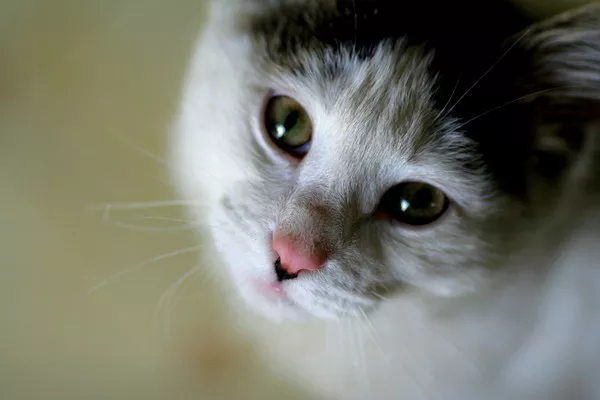Burmese cats are cherished for their affectionate nature, striking eyes, and sleek, glossy coats. However, for prospective cat owners, one of the common concerns is shedding. This comprehensive guide explores whether Burmese cats shed a lot, the factors influencing their shedding patterns, and practical tips for managing their shedding to keep your home clean and your cat healthy.
Understanding Burmese Cats
Origin and Characteristics
Burmese cats trace their origins back to Southeast Asia, specifically Burma (now Myanmar). These cats were introduced to the Western world in the 1930s and have since become a popular breed due to their unique characteristics:
Appearance: Burmese cats are medium-sized with muscular bodies, round heads, and large, expressive eyes. Their coats are short, fine, and glossy.
Temperament: Known for their affectionate and playful nature, Burmese cats form strong bonds with their owners. They are social, enjoy human companionship, and are often described as “dog-like” in their loyalty and behavior.
Coat Type and Texture
The coat of a Burmese cat is short and fine, lying close to the body and giving them a sleek, polished appearance. Unlike long-haired breeds, the short coat of a Burmese cat requires less grooming but still demands regular care to maintain its health and shine.
Shedding in Cats: An Overview
What is Shedding?
Shedding is a natural process in which cats lose old or damaged hair to make way for new growth. All cats shed to some extent, but the amount and frequency can vary based on factors like breed, health, diet, and environment.
Factors Influencing Shedding
Several factors can influence how much a cat sheds, including:
Breed: Different breeds have different shedding patterns. Long-haired breeds generally shed more than short-haired breeds.
Season: Many cats experience increased shedding during seasonal changes, particularly in spring and fall.
Health: Underlying health conditions, such as skin allergies, parasites, or hormonal imbalances, can affect shedding.
Diet: A nutritious diet is crucial for maintaining a healthy coat and minimizing excessive shedding.
Environment: Stress and environmental changes can also impact a cat’s shedding patterns.
Do Burmese Cats Shed a Lot?
General Shedding Patterns
Burmese cats are known for their short, sleek coats, which typically result in less shedding compared to long-haired breeds. While they do shed, the amount is generally moderate and manageable with proper care.
Comparison with Other Breeds
When compared to other breeds, Burmese cats fall on the lower end of the shedding spectrum. For instance:
High-Shedding Breeds: Long-haired breeds like the Maine Coon, Persian, and Ragdoll tend to shed significantly more due to their dense and lengthy fur.
Moderate-Shedding Breeds: Breeds like the Siamese and British Shorthair shed moderately, similar to Burmese cats.
Low-Shedding Breeds: Breeds such as the Sphynx (hairless) and Cornish Rex (with minimal shedding) shed very little.
Individual Variation
It’s important to note that shedding can vary from cat to cat, even within the same breed. Individual differences in genetics, health, and lifestyle can influence how much a Burmese cat sheds.
Managing Shedding in Burmese Cats
Regular Grooming
Consistent grooming is key to managing shedding in Burmese cats. Here are some grooming tips:
Brushing: Brush your Burmese cat at least once a week using a soft-bristle brush or grooming glove. This helps remove loose hair and reduces the amount of hair shed around your home.
Bathing: While not necessary for all cats, occasional baths can help manage shedding. Use a cat-specific, gentle shampoo to avoid skin irritation.
Cleaning Tools: Use lint rollers, pet hair removers, or vacuum cleaners designed for pet hair to keep your home clean.
Diet and Nutrition
A well-balanced diet is crucial for maintaining a healthy coat and minimizing shedding. Ensure your Burmese cat receives:
High-Quality Protein: Protein is essential for healthy skin and fur. Choose cat food with high-quality animal proteins.
Essential Fatty Acids: Omega-3 and omega-6 fatty acids help maintain a glossy coat and reduce shedding. Look for foods enriched with fish oil or flaxseed oil.
Hydration: Ensure your cat has access to fresh water at all times. Proper hydration supports overall health and coat condition.
Health and Veterinary Care
Regular veterinary check-ups are essential to detect and address any health issues that may contribute to excessive shedding. Some common conditions that affect shedding include:
Skin Allergies: Allergies can cause itching, leading to increased shedding and hair loss. Identifying and managing allergens is crucial.
Parasites: Fleas, mites, and other parasites can cause skin irritation and excessive shedding. Regular parasite prevention is important.
Hormonal Imbalances: Conditions like hyperthyroidism or hormonal imbalances can affect a cat’s coat. Consult your vet for appropriate treatment if you notice changes in your cat’s shedding pattern.
Common Misconceptions about Shedding
Myth: Short-Haired Cats Don’t Shed
While short-haired cats like the Burmese do shed less than long-haired breeds, they still shed. Regular grooming and proper care are essential to manage shedding.
Myth: Shedding Indicates Poor Health
Shedding is a natural process and not necessarily a sign of poor health. However, excessive shedding or sudden changes in shedding patterns can indicate an underlying health issue and should be evaluated by a vet.
Myth: Hairless Cats Don’t Shed
Hairless breeds like the Sphynx still shed tiny, fine hairs and produce natural skin oils. They require regular bathing and skin care to manage shedding and maintain skin health.
Conclusion
Burmese cats, with their sleek and glossy coats, do shed, but generally not excessively. Their shedding is moderate and can be effectively managed with regular grooming, a balanced diet, and routine veterinary care. Understanding and addressing the factors that influence shedding can help you maintain a clean home and ensure your Burmese cat remains healthy and happy.
By adopting a proactive approach to grooming, nutrition, and overall care, you can enjoy the companionship of your Burmese cat without the hassle of excessive shedding. Whether you’re a current owner or considering adding a Burmese cat to your family, being informed and prepared will make the experience rewarding for both you and your feline friend.


























